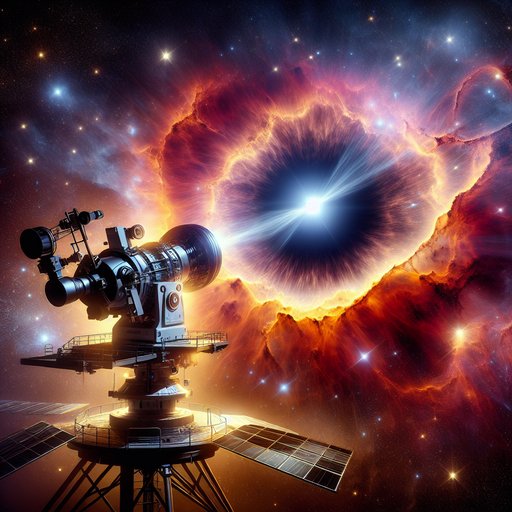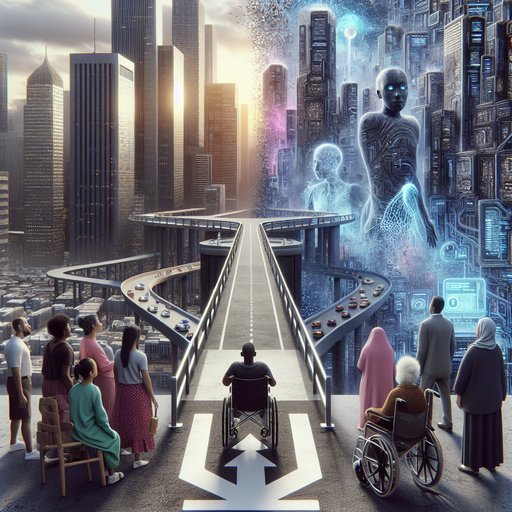
In a groundbreaking discovery, astronomers have detected the brightest Fast Radio Burst (FRB) ever observed, marking what experts are calling "the beginning of a new era" in our understanding of these mysterious cosmic phenomena [1]. This extraordinary event has forced scientists to reconsider their existing theories about the nature and origins of these powerful bursts of radiation.
The unprecedented brightness of this FRB has challenged conventional assumptions about the maximum possible energy output of these cosmic events. These millisecond-long bursts of radio waves, which can release as much energy as our Sun produces over several decades, have long puzzled astronomers since their first discovery. The extreme intensity of this latest burst suggests that our current models of FRB formation may need significant revision.
In a parallel development, researchers have made progress in understanding another cosmic mystery - the enigmatic "little red dots" observed in deep space. These unusual galaxies, which have baffled astronomers since their discovery, may hold crucial clues about the formation of the universe's first black holes [2]. The investigation into these peculiar objects could revolutionize our understanding of early cosmic evolution.
The James Webb Space Telescope continues to expand our knowledge of the solar system, recently discovering a new moon orbiting Uranus. The newly designated S/2025 U1 adds to our growing catalog of natural satellites in our cosmic backyard [3]. This finding demonstrates the remarkable capabilities of modern space telescopes in revealing previously unknown objects even within our own solar system.
Meanwhile, the Hubble Space Telescope remains a vital tool in astronomical research, providing detailed observations of nearby galaxies. Its recent imaging of the spiral galaxy NGC 2835, located 35 million light-years away [4], continues to enhance our understanding of galactic structures and evolution in our cosmic neighborhood.
























